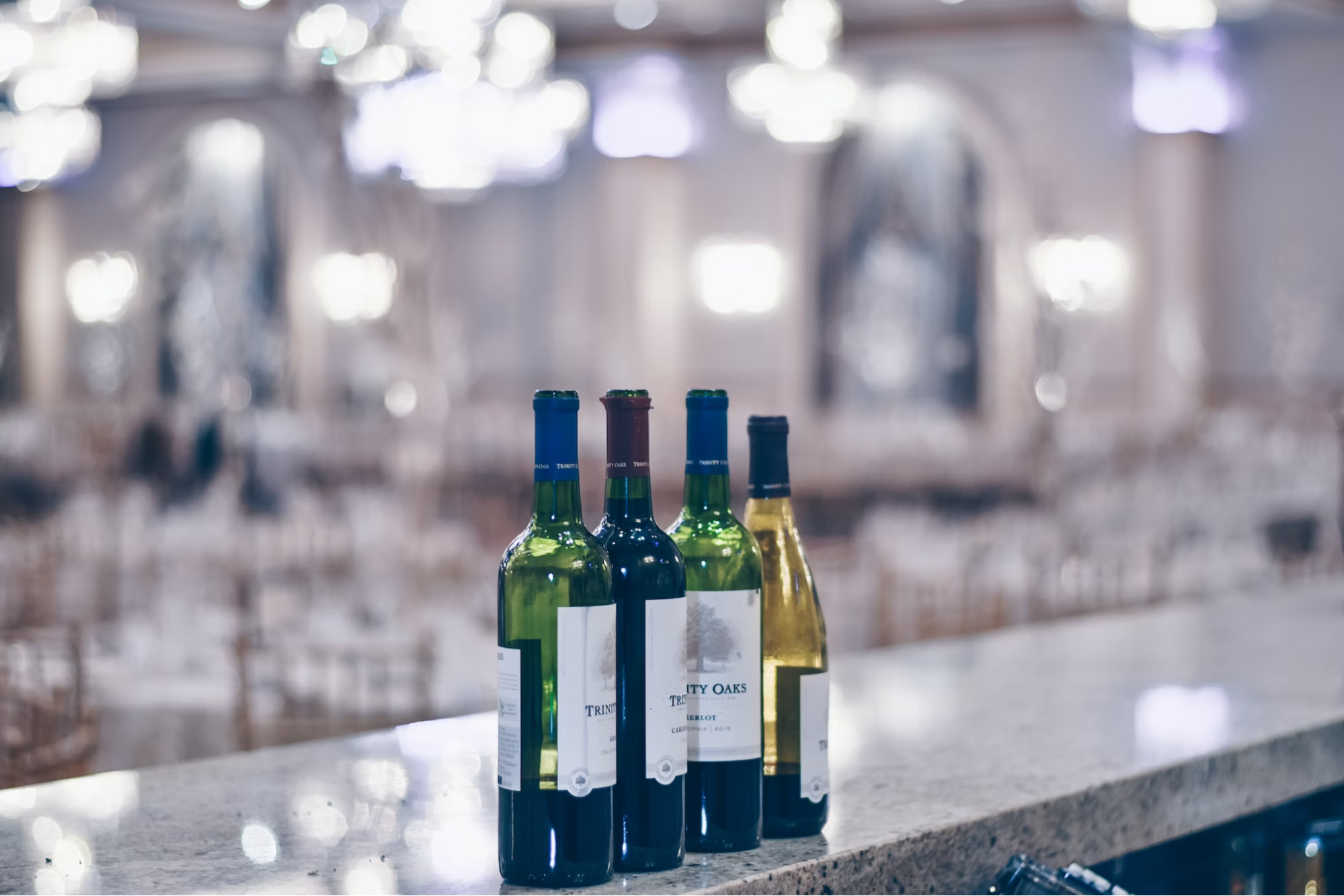- Wine Color/Type
- Top Occasions
- Unique Wines
- Surprise Me!
5+1 Steps to Tasting Wine Like a Pro
Whether you're a wine connoisseur, or you simply enjoy a glass with dinner, understanding how to taste wine can significantly improve your overall experience. Wine tasting is an art, involving far more than just sipping and swallowing. It's about savoring each sip, understanding the complexities of flavor, and appreciating the craftsmanship behind each bottle. In this blog, we will demystify the wine tasting process and guide you on how to taste wine like a pro.
Unleash your inner child and explore the wine world! (Photo: Ibrahim Boran, unsplash.com)
Step 1: Look
The first step in wine tasting is visual examination. Pour a small amount of wine into a glass and observe its color against a white background. The color can tell you a great deal about the wine; white wines grow darker with age, while red wines tend to fade. For instance, a young red wine may have a deep purple hue, while an older one may be more of a brick red. The wine's clarity can also speak to its quality, with clearer wines generally being of higher quality. However, some excellent wines can be intentionally unfiltered and may appear hazy.
Step 2: Swirl
Swirling the wine in your glass serves a crucial purpose - it aerates the wine, allowing it to release its aromas. Hold the base of the stem and gently swirl your glass in a circular motion. As you do this, observe the wine 'legs' or 'tears' that stream down the sides of the glass. These can give you an idea about the wine's alcohol content and sweetness; the faster the legs run, the higher the alcohol or sugar content.
Step 3: Smell
A significant part of our tasting experience comes from our sense of smell. After swirling, take a moment to inhale the wine's aromas. Try to identify familiar scents. Does it smell fruity? Can you detect spices? Or do you get a whiff of butter or vanilla, indicating oak aging? The more you practice, the better you'll get at distinguishing these aromas.
Step 4: Taste
Finally, it's time to taste. Take a small sip and let it roll over your tongue. Try to identify the flavors. Is it fruity, spicy, or earthy? Is it sweet, bitter, or acidic? How's the texture - is it light and smooth, or heavy and rich? Tasting isn't just about the initial flavor, but also about the aftertaste or the 'finish.'
Step 5: Evaluate
After you've tasted the wine, it's time to evaluate. Did you enjoy the wine? Was it balanced, or did one aspect overpower the others? Was the taste consistent with the smell? Keep in mind that there's no right or wrong answer here. Everyone's palate is different, and what matters most is whether you enjoyed the wine.
Bonus: Don’t forget to spit
Enjoying wine is all about the sensations it brings, and it’s perfectly fine to enjoy a couple of glasses with good company. However, if you’re tasting a lot of wines, remember to use the spitoon. Always consume wine in moderation
Conclusion
Wine tasting is a journey, not a destination. The more wines you taste, the more refined your palate will become. Don't be afraid to take notes about your experience; these can help you remember what you liked or didn't like about each wine. And remember, the goal of wine tasting isn't just to judge the wine, but to fully enjoy each sip. So, cheers to your wine tasting journey!
Cheers from the VinoVoss team!
Latest articles

